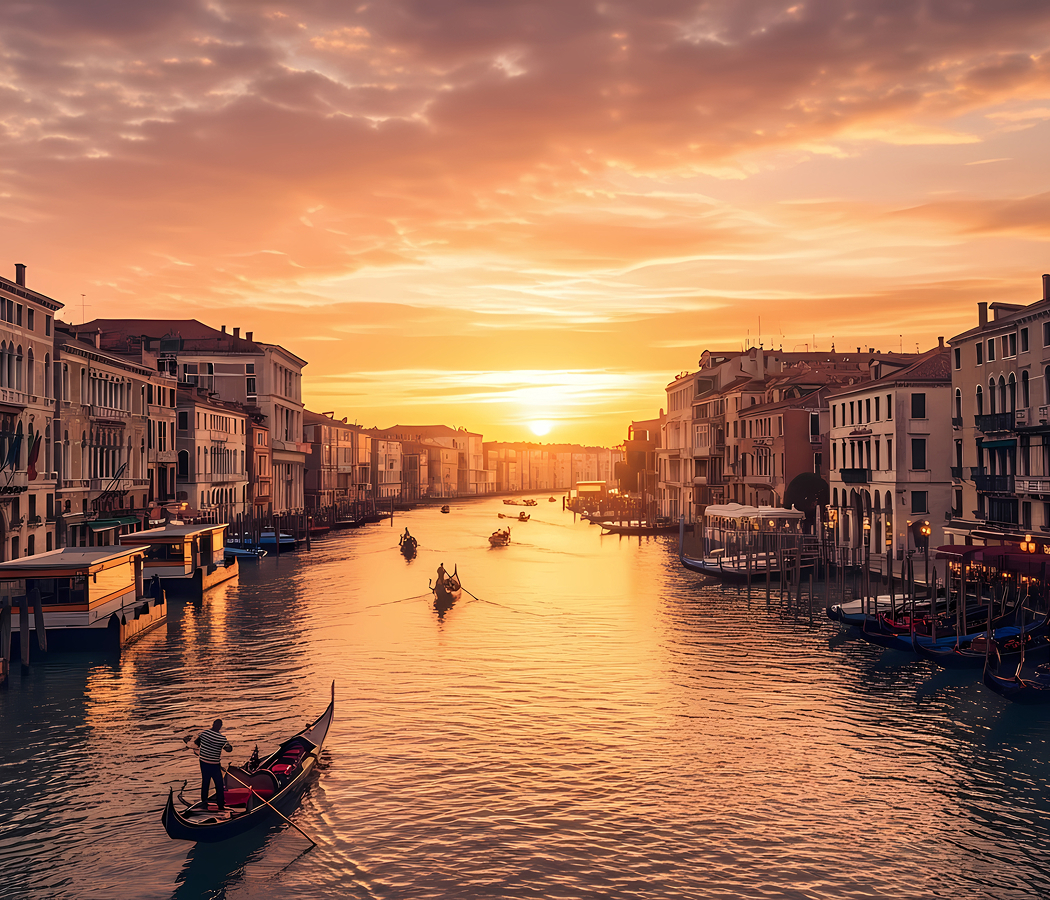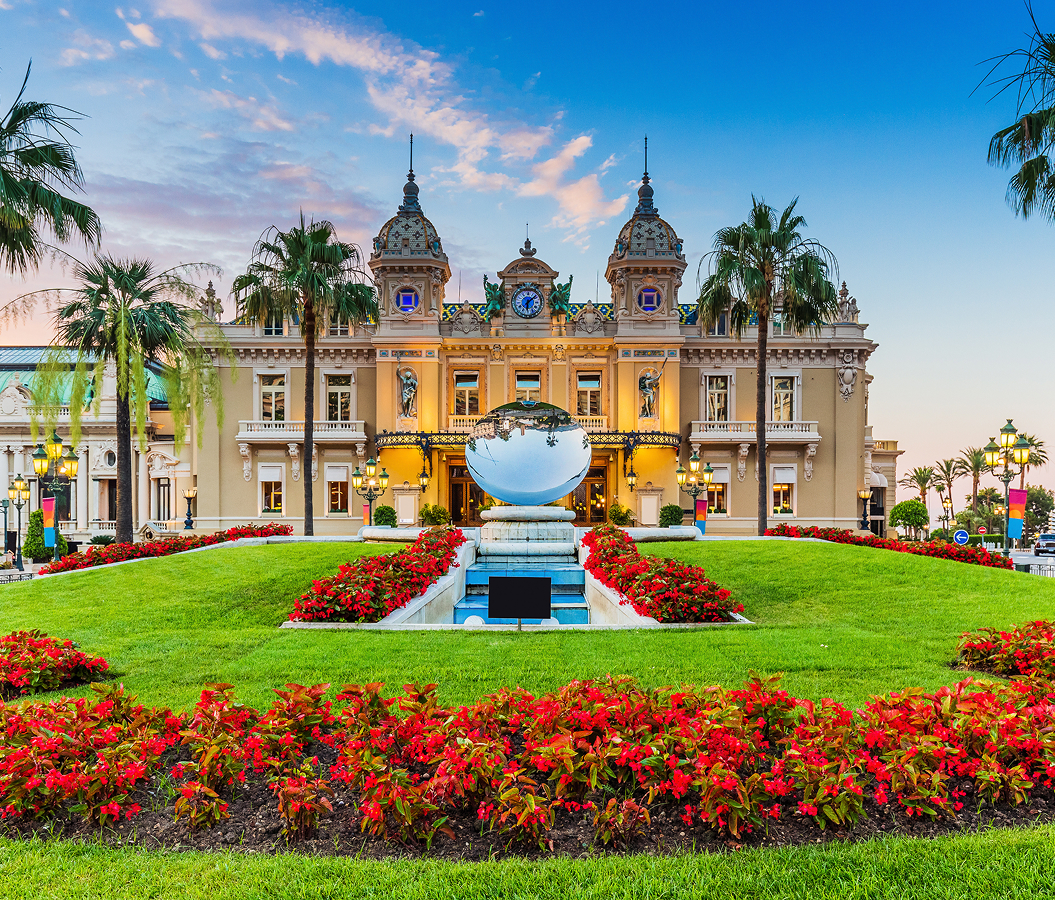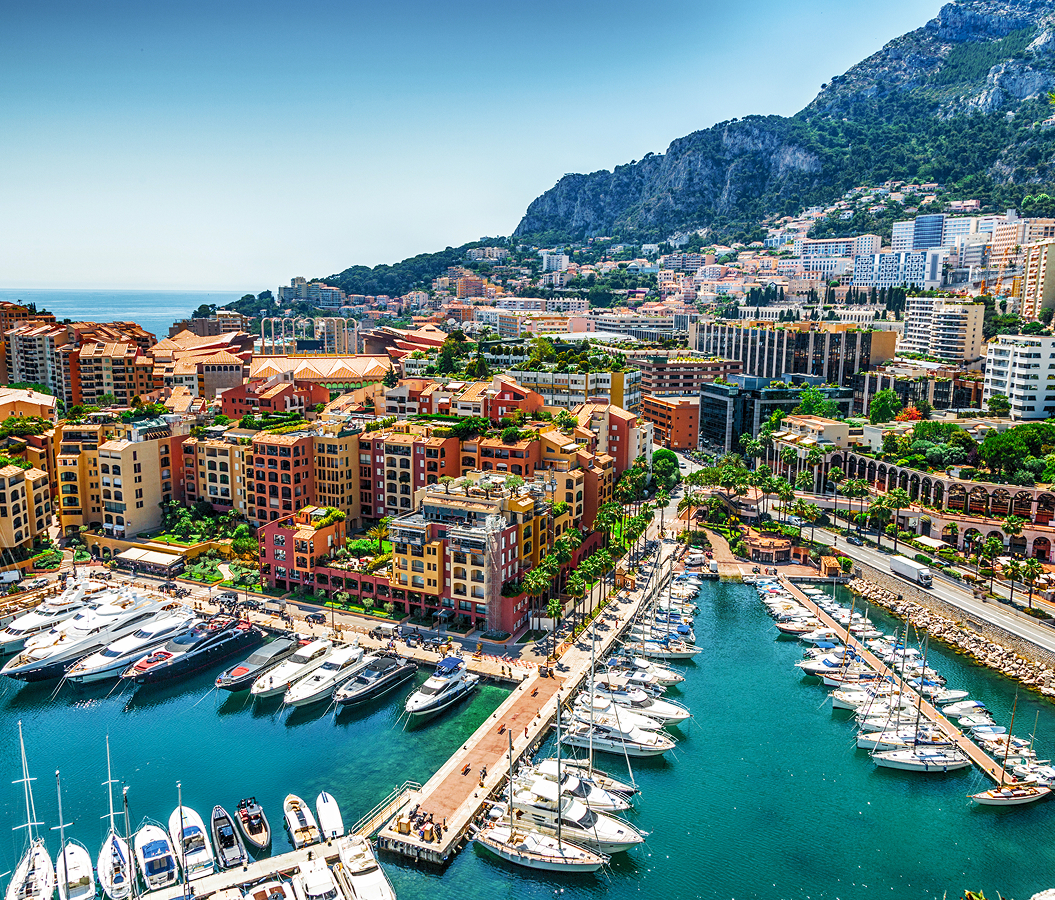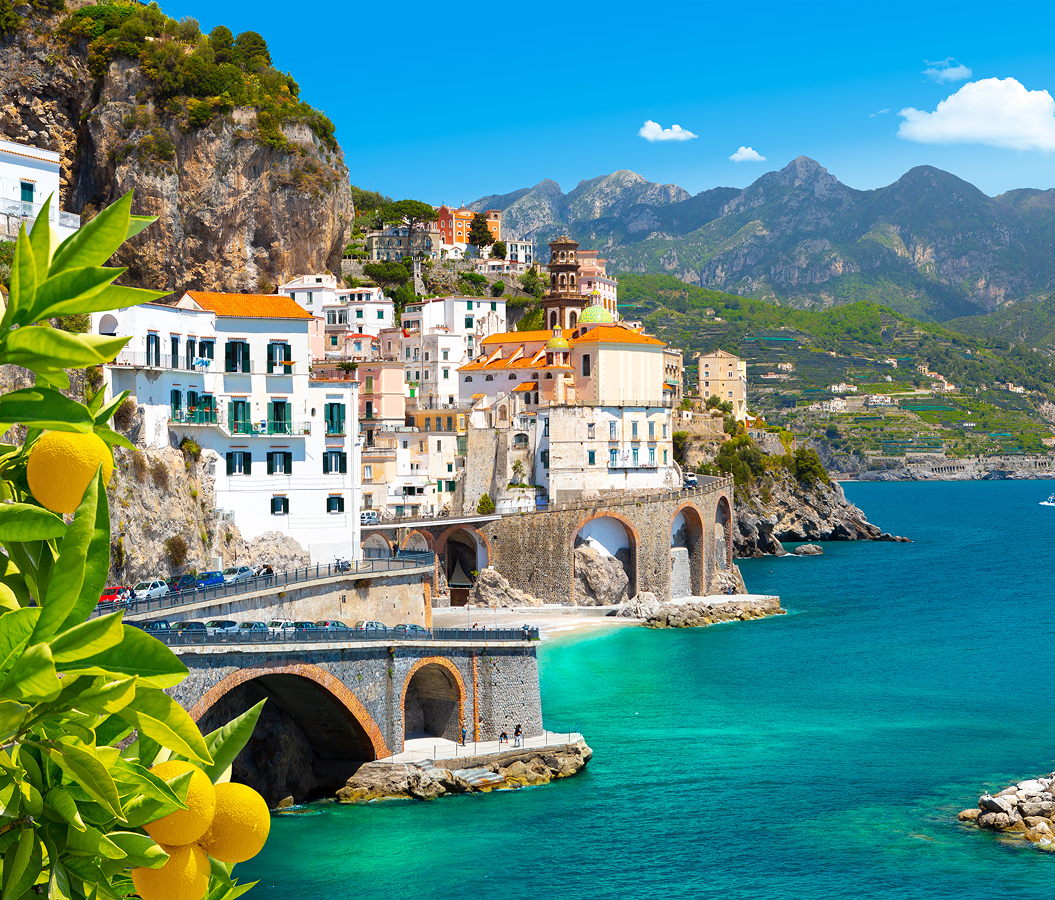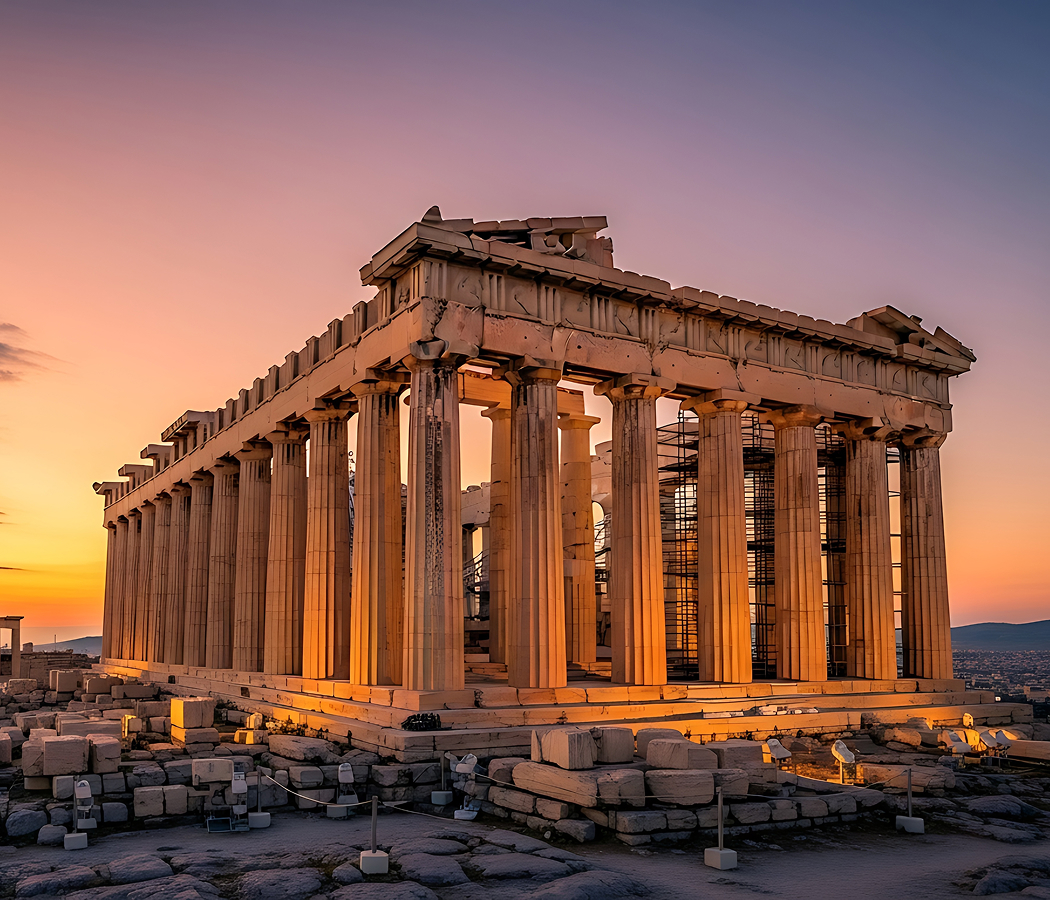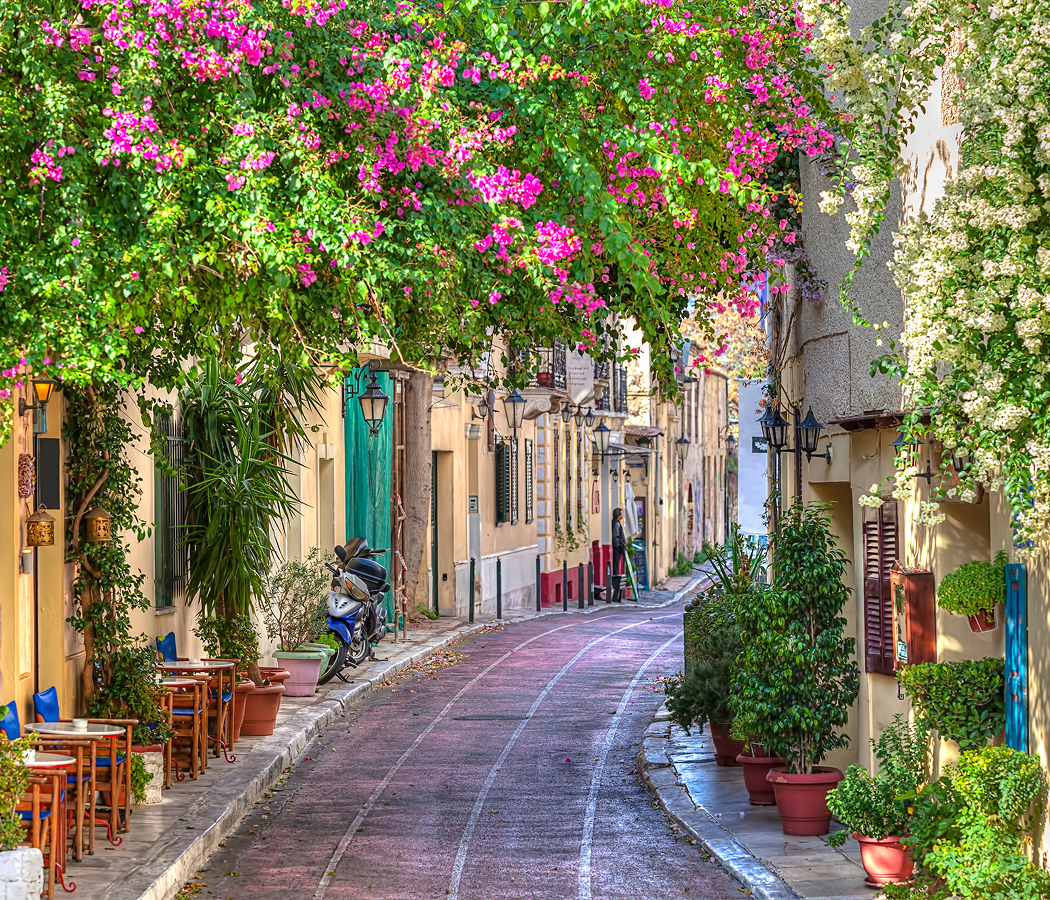
Why you should experience Delos in Greece.
Delos is not just an island, it is a myth carved in stone, a place where legend and history breathe as one under the Aegean sun.
Floating just a few kilometers southwest of Mykonos, this uninhabited sanctuary feels untouched by time. Once the spiritual heart of the ancient Greek world, Delos is said to be the birthplace of Apollo and Artemis, twin gods of light and the moon. Today, its ruins remain among the most sacred and evocative in all of Greece, a vast open-air museum where every marble column and crumbling mosaic tells a story that predates memory itself. As you step ashore, the island’s silence envelops you; only the sound of cicadas and sea wind echoes through the temples and terraces. The sacred harbor still hints at its former glory, where pilgrims once arrived in droves from across the Mediterranean, bearing offerings for the gods. The Avenue of the Lions, lined with marble sentinels, gazes eternally toward the east, a gesture of reverence to Apollo’s rising sun. The air feels charged here, as though the myths have never truly faded. Delos is not a relic of the past; it is a living testament to human devotion, artistry, and wonder, an island where mythology and reality merge into something eternal.
What you didn’t know about Delos.
For an island barely five square kilometers in size, Delos holds more layers of history than cities ten times its size.
Archaeological evidence reveals that Delos was inhabited as early as the third millennium BCE, long before it became a pan-Hellenic sanctuary. By the 8th century BCE, it had become one of Greece’s holiest sites, attracting worshippers, traders, and rulers from across the Aegean. The myth of its creation, that Zeus commanded Poseidon to raise the island from the sea so that Leto could safely give birth to Apollo and Artemis, gave Delos divine significance that lasted millennia. During the Classical and Hellenistic eras, Delos flourished as both a religious and commercial center, serving as a neutral ground where Greeks, Egyptians, and Romans mingled freely. Temples dedicated to gods from many nations stood side by side, making Delos a beacon of early cosmopolitanism. At its peak in the 2nd century BCE, the island was home to tens of thousands of residents, merchants, and slaves. Yet its prosperity carried a tragic cost, when Rome turned it into a hub for the slave trade, the island’s sacred aura was darkened by suffering. Earthquakes, invasions, and neglect eventually silenced its harbor. It was not until the late 19th century that French archaeologists began uncovering Delos’s treasures, unearthing mosaics, statues, and entire districts frozen in time. Today, the island remains a UNESCO World Heritage Site, preserved with reverence and restraint. Visitors can wander the Terrace of the Lions, the Sanctuary of Apollo, the House of Dionysus with its magnificent mosaic floors, and the ancient theater that once echoed with music and ritual. Each ruin feels alive with echoes of laughter, worship, and wind, reminders that Delos, though silent, still sings.
How to fold Delos into your trip.
Visiting Delos is a pilgrimage, not just a journey across water, but a passage through time and myth.
Begin your adventure from the old port of Mykonos, where boats depart in the morning for the short 30-minute voyage to the sacred island. As you approach its shores, the first thing you’ll notice is its stark beauty: sun-bleached hills rising from turquoise waters, dotted with marble fragments that glint like ancient stars. Wear comfortable shoes and bring water, for Delos has no modern amenities, only ruins, relics, and silence. Start at the Sacred Harbor, where ancient ships once anchored, then follow the Sacred Way toward the Sanctuary of Apollo, the island’s radiant heart. Stand beneath the fallen columns and imagine the festivals that once filled this space with song, dance, and offerings to the god of light. Wander through the residential quarters, where homes still bear intricate mosaics of dolphins, deities, and theatrical masks. Climb Mount Kynthos, the island’s highest point, for a breathtaking panorama of the Cyclades, the same view Apollo himself was said to bless with sunlight each morning. Before returning, pause along the Avenue of the Lions, where the marble guardians face east as they have for over two millennia. If you can, linger for a moment before your boat departs. Let the breeze wash over you, carrying the faint hum of history. Delos doesn’t merely invite exploration, it commands reverence. To stand upon its sacred soil is to touch the very origins of Greek civilization and to feel, for a fleeting moment, that eternity might just be real.
Hear it from the Foresyte community.
So the move is to wander around a ghost city of gods. Columns, mosaics, lions staring at you like they know something. Like someone pressed pause thousands of years ago and forgot to hit play again.
Where meaningful travel begins.
Start your journey with Foresyte, where the planning is part of the magic.
Discover the experiences that matter most.















